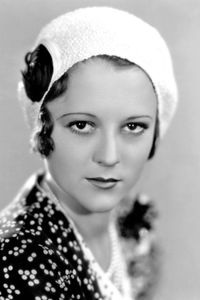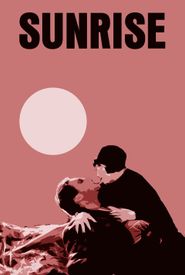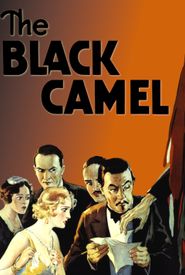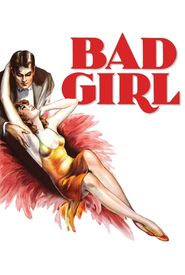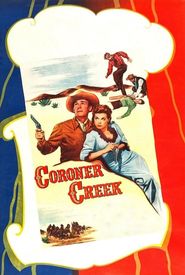Sally Eilers' journey in the film industry began with a chance encounter during lunch with a classmate, Jane Peters, who would later become the renowned actress Carole Lombard, at the Sennett Studios cafeteria. It was here that she caught the attention of Mack Sennett, who would go on to discover her and offer her a role in The Good-Bye Kiss, a rare dramatic feature for the studio.
As one of Sennett's "discoveries", Eilers had already appeared in several bit parts, including The Red Mill in 1927. She was then tagged with the publicity line "the most beautiful girl in movies" by either Sennett or Florenz Ziegfeld Jr., depending on the version of the story.
The vivacious former brunette, who was transformed into a blonde by Hollywood, spent her early years as a leading actress co-starring in westerns with her future husband Hoot Gibson and with Buster Keaton in Doughboys in 1930. In 1931, director Frank Borzage cast her in the depression-era film Bad Girl, instead of established star Janet Gaynor, which earned her the best performance of her career.
Eilers' other notable films include Reducing with Marie Dressler, the original State Fair with Will Rogers, and Sailor's Luck with her Bad Girl co-star James Dunn, in which a reviewer described her performance as "highly satisfactory". However, most of her subsequent parts were in lesser features, and she never made the grade as a top star.
Despite this, Eilers continued to act in films, eventually reduced to supporting roles, until the late 1940s. Throughout her career, she was married four times.
